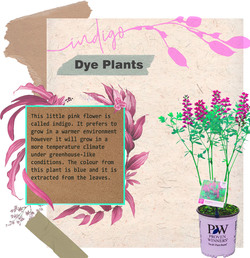WHICH PLANTS?
We are surrounded by trees, flowers and greenery and yet we don’t really take the time to think about the choices that went into selecting that exact tree for that
We are surrounded by trees, flowers and greenery and yet we don’t really take the time to think about the choices that went into selecting that exact tree for that
Posted 16 Mar 2020 22:12





